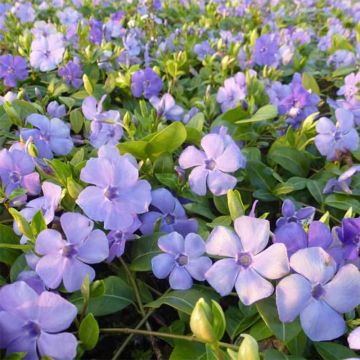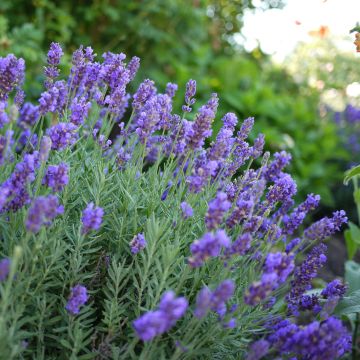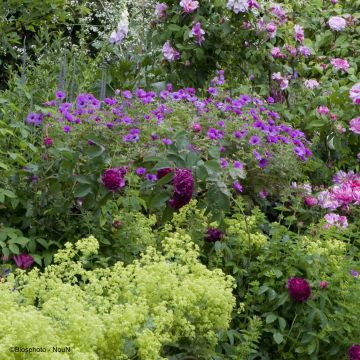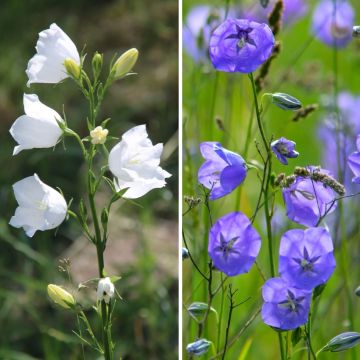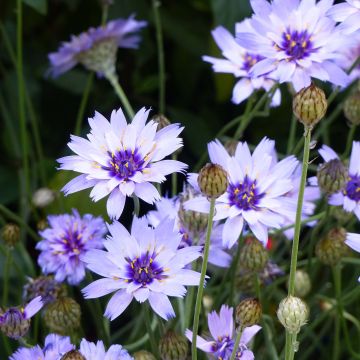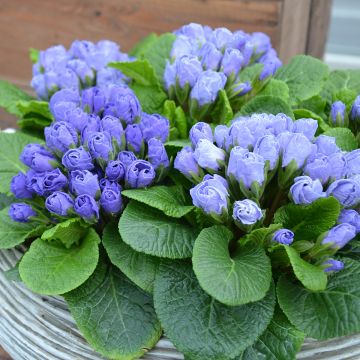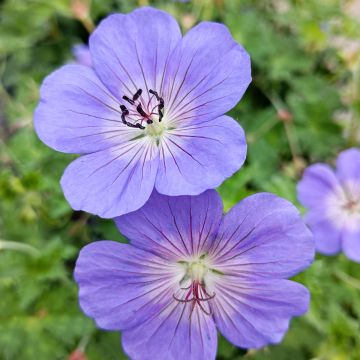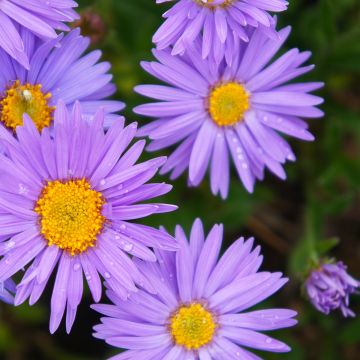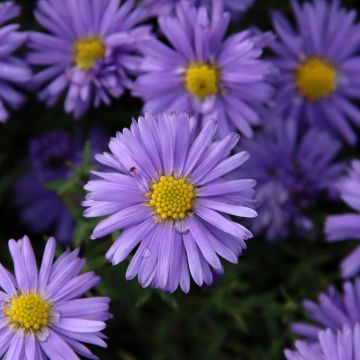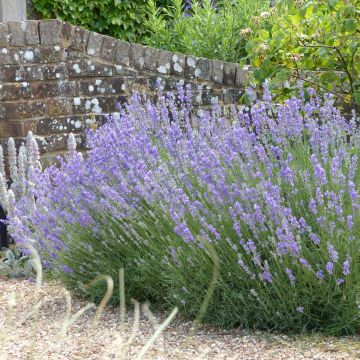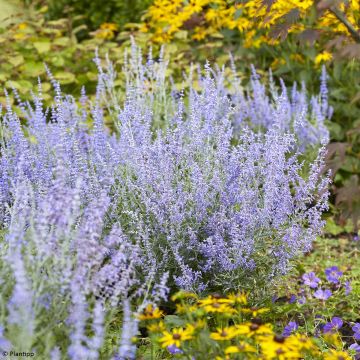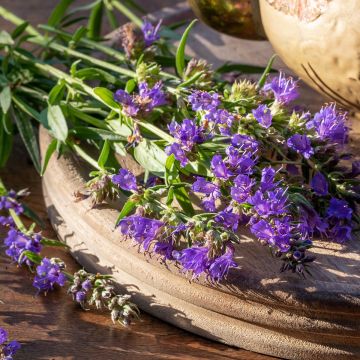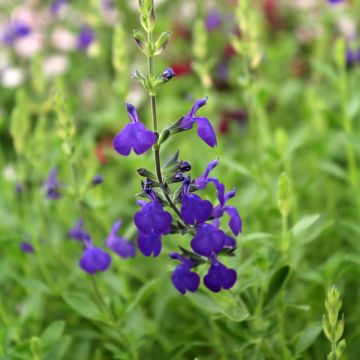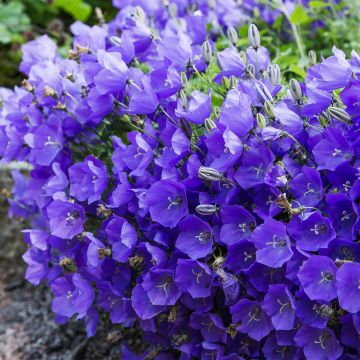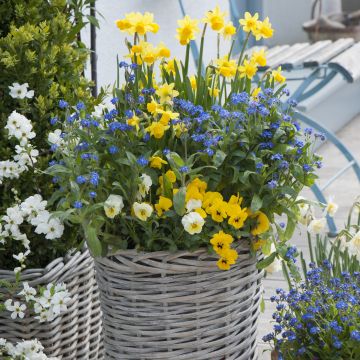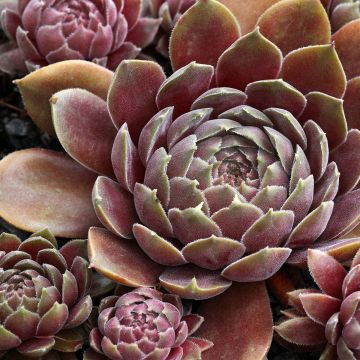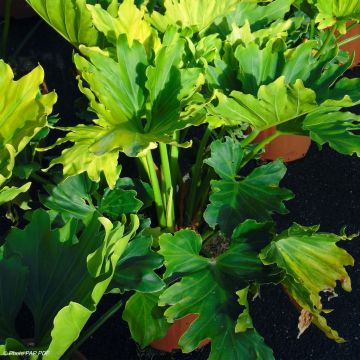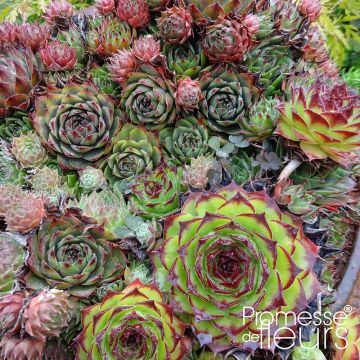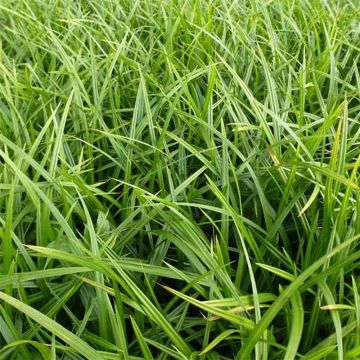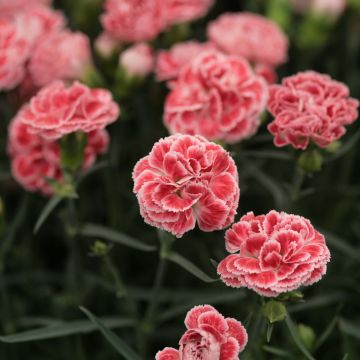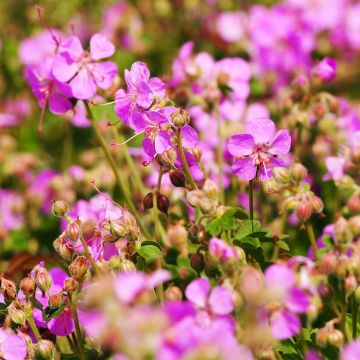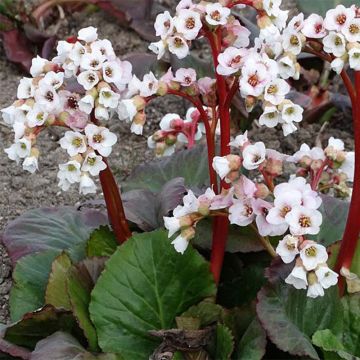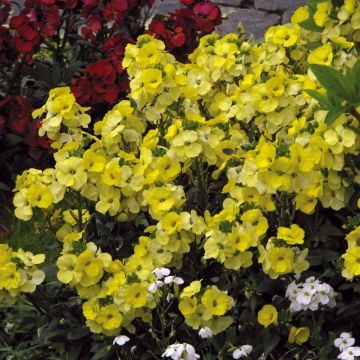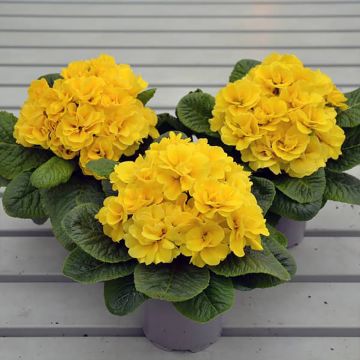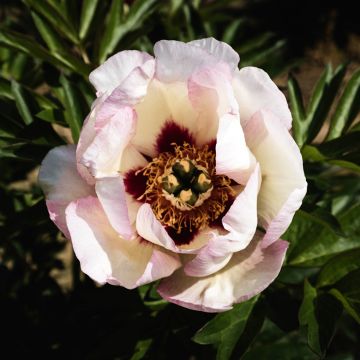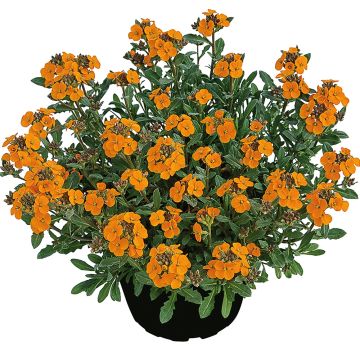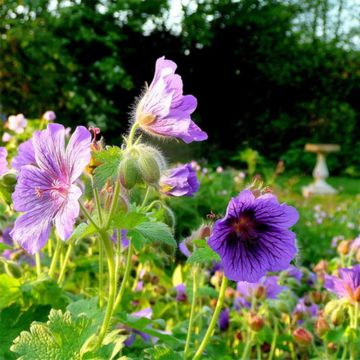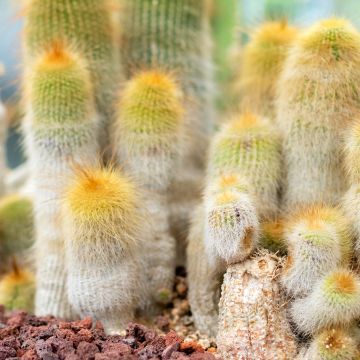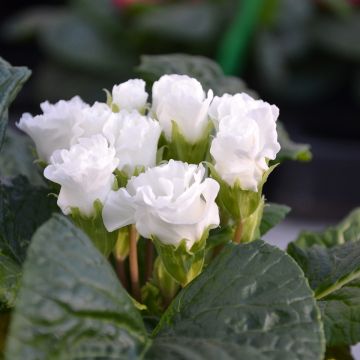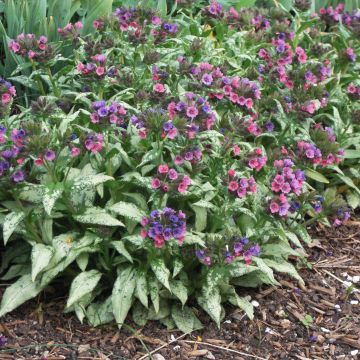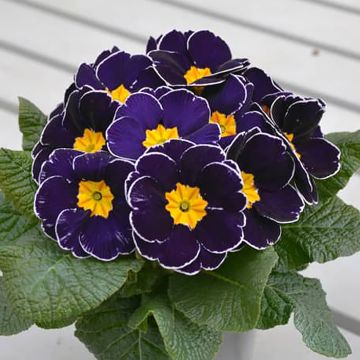Shipping country and language
Your country of residence may be:
Your country of residence is:
For a better user experience on our website, you can select:
Your shipping country:
Andorra
Austria
Belgium
Bulgaria
Canada
Chile
Croatia
Cyprus
Czechia
Denmark
Estonia
Finland
France
Germany
Greece
Hungary
Iceland
Ireland
Italy
Latvia
Lithuania
Luxembourg
Malta
Monaco
Netherlands
Poland
Portugal
Romania
Slovakia
Slovenia
Spain
Sweden
Switzerland
United Kingdom
We only deliver seed and bulb products to your country. If you add other products to your basket, they cannot be shipped.
Language:
French
German
Spanish
English
My Account
Hello
My wish lists
Plantfit
Log in / Register
Existing customer?
New customer?
Create an account to track your orders, access our customer service and, if you wish, make the most of our upcoming offers.
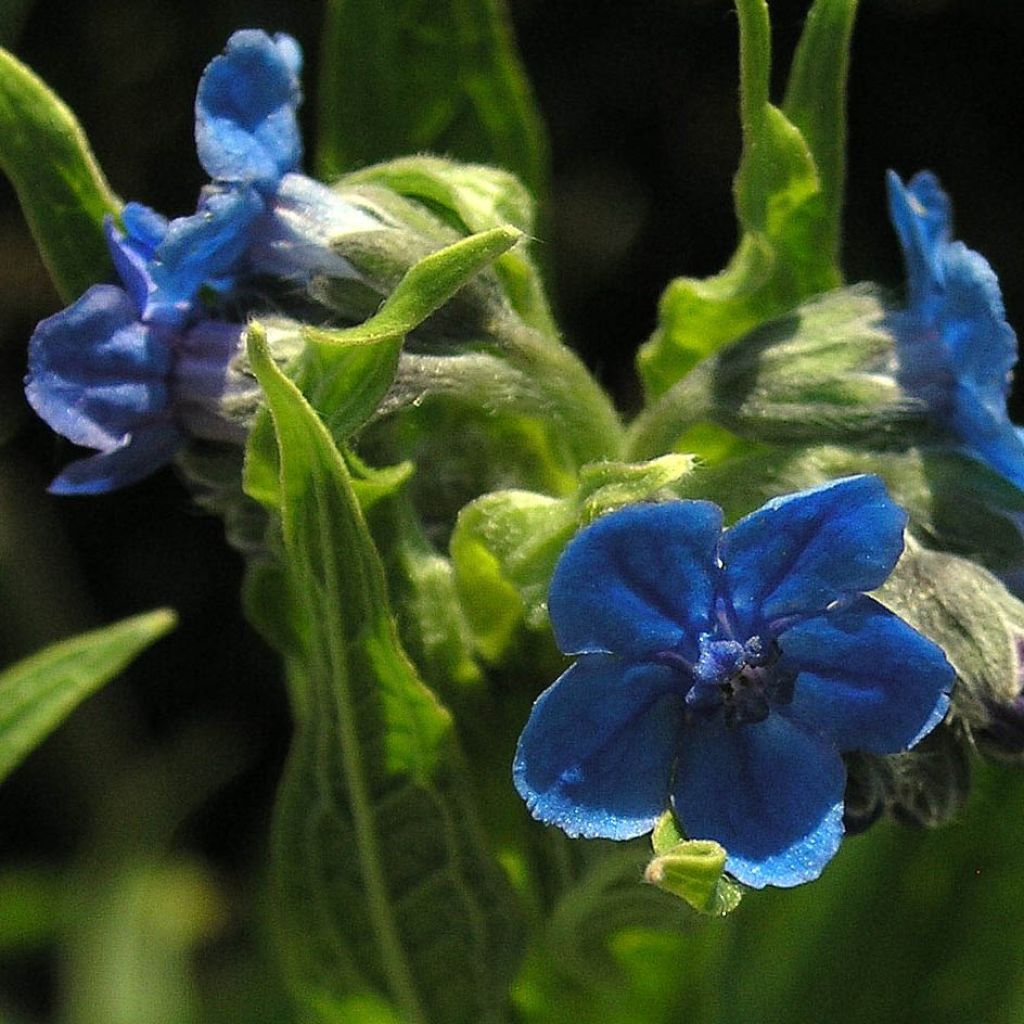

Cynoglossum nervosum - Langue de chien - Cynoglosse
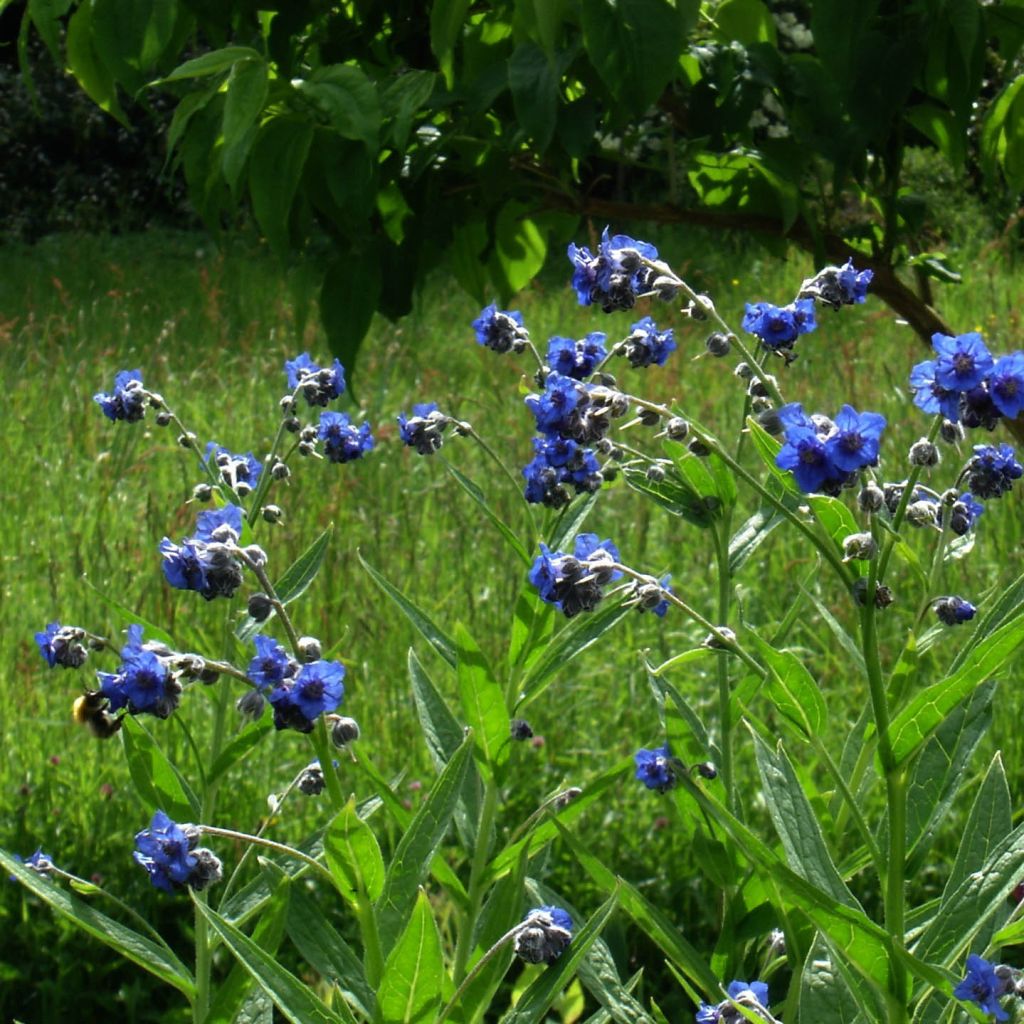

Cynoglossum nervosum - Langue de chien - Cynoglosse
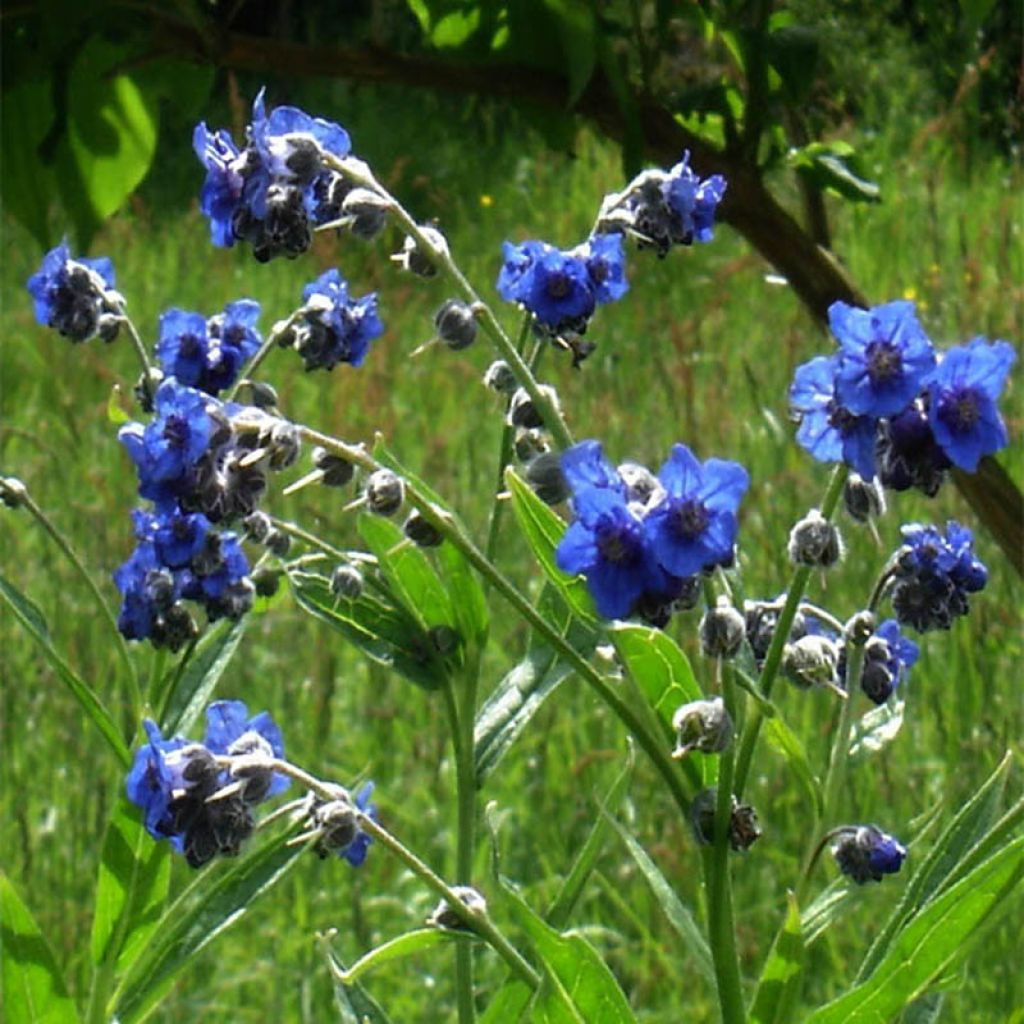

Cynoglossum nervosum - Langue de chien - Cynoglosse
Cynoglossum nervosum
Cynoglossum nervosum
Himalayan Hound's Tongue
On 3 pots, 2 no longer have any leaves but instead have rot at the base!!! As for the 3rd pot, only 2 feeble yellowed and withered leaves remain. Shame on you for sending such merchandise. I demand a refund and thank you in advance for it.
Elisabeth P., 19/05/2017
Why not try an alternative variety in stock?
View all →Order in the next for dispatch today!
Dispatch by letter from €3.90.
Delivery charge from €5.90 Oversize package delivery charge from €6.90.
More information
This item is not available in your country.
Schedule delivery date,
and select date in basket
This plant carries a 12 months recovery warranty
More information
We guarantee the quality of our plants for a full growing cycle, and will replace at our expense any plant that fails to recover under normal climatic and planting conditions.
From €5.90 for pickup delivery and €6.90 for home delivery
Express home delivery from €8.90.
Does this plant fit my garden?
Set up your Plantfit profile →
Description
To describe the Cynoglossum nervosum, also known as Himalayan Hound's Tongue, you just have to imagine a giant forget-me-not. It possesses the same blue for its numerous small flowers and the same slightly rough leaves in matte green. Its imposing stature and especially its later flowering in early summer and until the doors of autumn make the difference. This perennial allows for unprecedented associations in borders, rockeries or slopes in not-too-rich and well-drained soil.
The Cynoglossum nervosum belongs to the Boraginaceae family. It is native to the Himalayas, western Pakistan, and northwestern India. It is an herbaceous perennial with a limited lifespan that quickly forms a beautiful bushy clump. It reaches a height and width of 60 cm (24in). The flowering takes place in June-July and then sporadically until the beginning of autumn. The flowers, arranged in cymes at the branches' ends, measure from 0.5 to 1 cm (1in) in diameter in intense saturated blue. The foliage consists of narrow, oblong, lanceolate, and villous leaves in light and vivid green. This plant easily self-seeds in rocky areas, rich in coarse sand or gravel, perfectly drained.
The Hound's Tongue prefers light, well-drained, moderately moist to dry soils. It thrives in not-too-rich soil. In overly rich soil, the foliage develops at the expense of flowering, resulting in an unaesthetic collapse of the shrub. The substrate should be slightly acidic, neutral, or slightly alkaline. This plant enjoys sunny exposure and performs well in partial shade. Plant in autumn or spring. Prune the withered stems in August to promote foliage growth and regrowth.
This plant is versatile and can be used in border plantings, rock gardens, alpine rockeries, gravel gardens, paving, slopes, and any other area with excellent soil drainage. Its unique appearance allows for striking colour combinations with other plants such as crocosmias, and yellow or orange daylilies. It also makes for a stunning addition to summer bouquets.
Their name, Cynoglossum, literally "dog's tongue," comes from the appearance of the slightly trailing leaves of the European species.
Cynoglossum nervosum in pictures
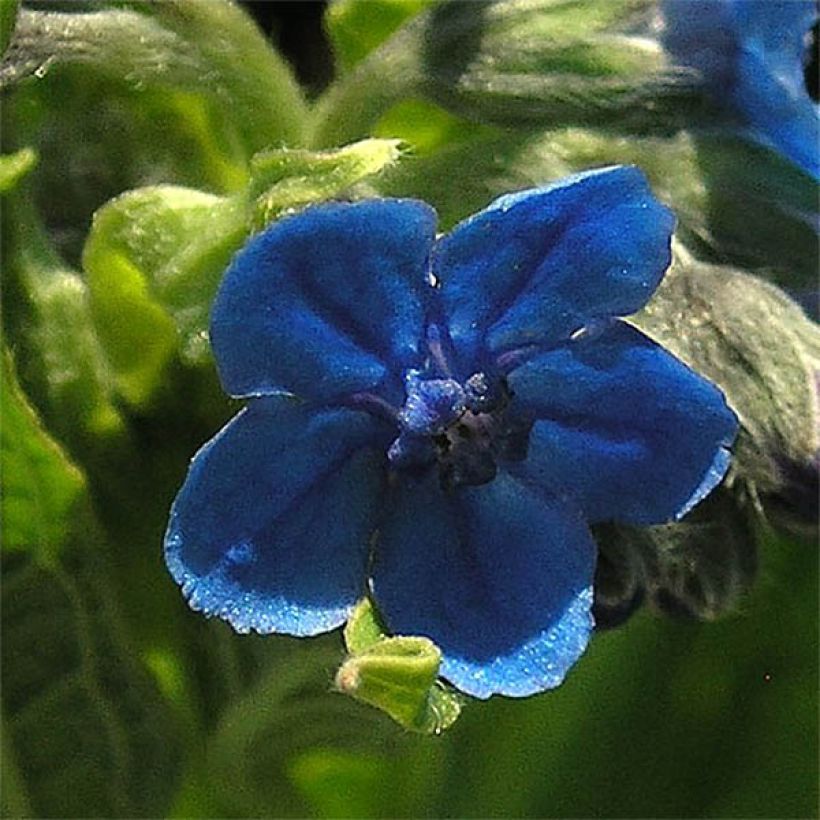

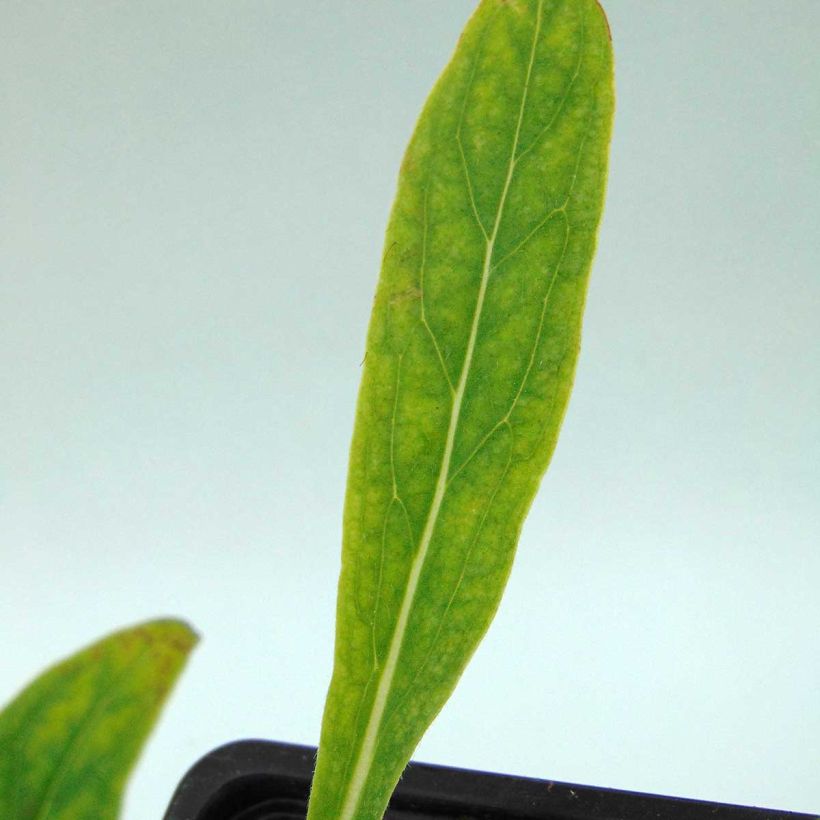

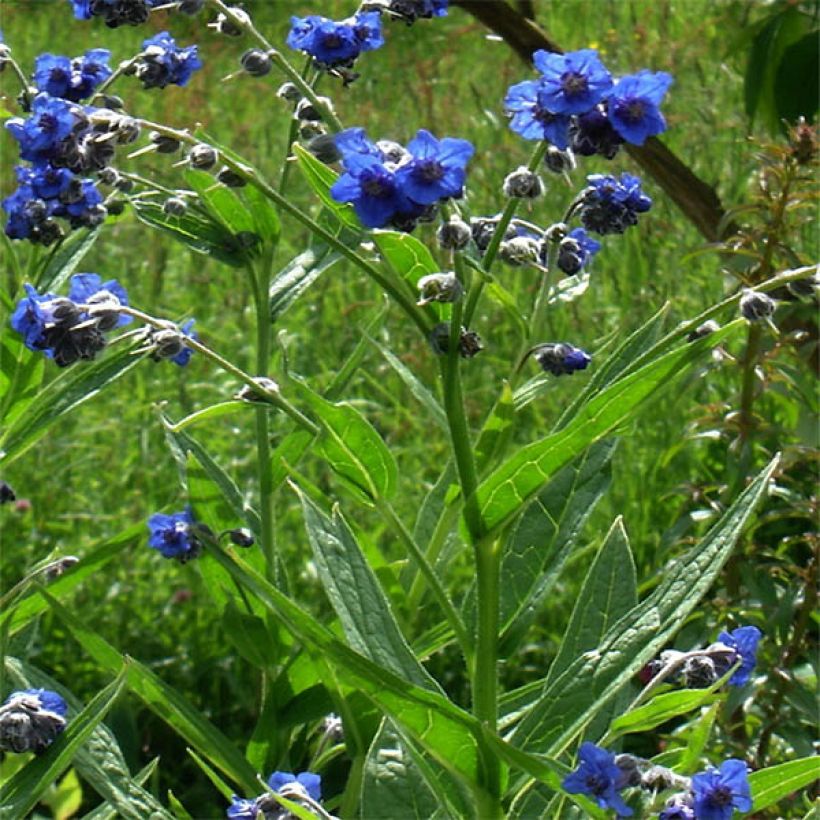

Flowering
Foliage
Plant habit
Botanical data
Cynoglossum
nervosum
Boraginaceae
Himalayan Hound's Tongue
Other Perennials A to Z
Planting and care
The cynogloss plant grows best in well-drained soils that are moderately moist to dry and exposed to sunlight. It prefers soil that is not too rich, as this can cause unsightly foliage and a lack of flowers. To plant cynogloss, choose a slightly acidic, neutral, or slightly alkaline substrate, and plant in the autumn or spring. In August, cut back faded stems to promote new shoot growth and re-flowering. This plant does well in both sunny areas and partial shade.
Planting period
Intended location
Care
- , onOrder confirmed
Reply from on Promesse de fleurs
Spring flowering perennials
Haven't found what you were looking for?
Hardiness is the lowest winter temperature a plant can endure without suffering serious damage or even dying. However, hardiness is affected by location (a sheltered area, such as a patio), protection (winter cover) and soil type (hardiness is improved by well-drained soil).

Photo Sharing Terms & Conditions
In order to encourage gardeners to interact and share their experiences, Promesse de fleurs offers various media enabling content to be uploaded onto its Site - in particular via the ‘Photo sharing’ module.
The User agrees to refrain from:
- Posting any content that is illegal, prejudicial, insulting, racist, inciteful to hatred, revisionist, contrary to public decency, that infringes on privacy or on the privacy rights of third parties, in particular the publicity rights of persons and goods, intellectual property rights, or the right to privacy.
- Submitting content on behalf of a third party;
- Impersonate the identity of a third party and/or publish any personal information about a third party;
In general, the User undertakes to refrain from any unethical behaviour.
All Content (in particular text, comments, files, images, photos, videos, creative works, etc.), which may be subject to property or intellectual property rights, image or other private rights, shall remain the property of the User, subject to the limited rights granted by the terms of the licence granted by Promesse de fleurs as stated below. Users are at liberty to publish or not to publish such Content on the Site, notably via the ‘Photo Sharing’ facility, and accept that this Content shall be made public and freely accessible, notably on the Internet.
Users further acknowledge, undertake to have ,and guarantee that they hold all necessary rights and permissions to publish such material on the Site, in particular with regard to the legislation in force pertaining to any privacy, property, intellectual property, image, or contractual rights, or rights of any other nature. By publishing such Content on the Site, Users acknowledge accepting full liability as publishers of the Content within the meaning of the law, and grant Promesse de fleurs, free of charge, an inclusive, worldwide licence for the said Content for the entire duration of its publication, including all reproduction, representation, up/downloading, displaying, performing, transmission, and storage rights.
Users also grant permission for their name to be linked to the Content and accept that this link may not always be made available.
By engaging in posting material, Users consent to their Content becoming automatically accessible on the Internet, in particular on other sites and/or blogs and/or web pages of the Promesse de fleurs site, including in particular social pages and the Promesse de fleurs catalogue.
Users may secure the removal of entrusted content free of charge by issuing a simple request via our contact form.
The flowering period indicated on our website applies to countries and regions located in USDA zone 8 (France, the United Kingdom, Ireland, the Netherlands, etc.)
It will vary according to where you live:
- In zones 9 to 10 (Italy, Spain, Greece, etc.), flowering will occur about 2 to 4 weeks earlier.
- In zones 6 to 7 (Germany, Poland, Slovenia, and lower mountainous regions), flowering will be delayed by 2 to 3 weeks.
- In zone 5 (Central Europe, Scandinavia), blooming will be delayed by 3 to 5 weeks.
In temperate climates, pruning of spring-flowering shrubs (forsythia, spireas, etc.) should be done just after flowering.
Pruning of summer-flowering shrubs (Indian Lilac, Perovskia, etc.) can be done in winter or spring.
In cold regions as well as with frost-sensitive plants, avoid pruning too early when severe frosts may still occur.
The planting period indicated on our website applies to countries and regions located in USDA zone 8 (France, United Kingdom, Ireland, Netherlands).
It will vary according to where you live:
- In Mediterranean zones (Marseille, Madrid, Milan, etc.), autumn and winter are the best planting periods.
- In continental zones (Strasbourg, Munich, Vienna, etc.), delay planting by 2 to 3 weeks in spring and bring it forward by 2 to 4 weeks in autumn.
- In mountainous regions (the Alps, Pyrenees, Carpathians, etc.), it is best to plant in late spring (May-June) or late summer (August-September).
The harvesting period indicated on our website applies to countries and regions in USDA zone 8 (France, England, Ireland, the Netherlands).
In colder areas (Scandinavia, Poland, Austria...) fruit and vegetable harvests are likely to be delayed by 3-4 weeks.
In warmer areas (Italy, Spain, Greece, etc.), harvesting will probably take place earlier, depending on weather conditions.
The sowing periods indicated on our website apply to countries and regions within USDA Zone 8 (France, UK, Ireland, Netherlands).
In colder areas (Scandinavia, Poland, Austria...), delay any outdoor sowing by 3-4 weeks, or sow under glass.
In warmer climes (Italy, Spain, Greece, etc.), bring outdoor sowing forward by a few weeks.
